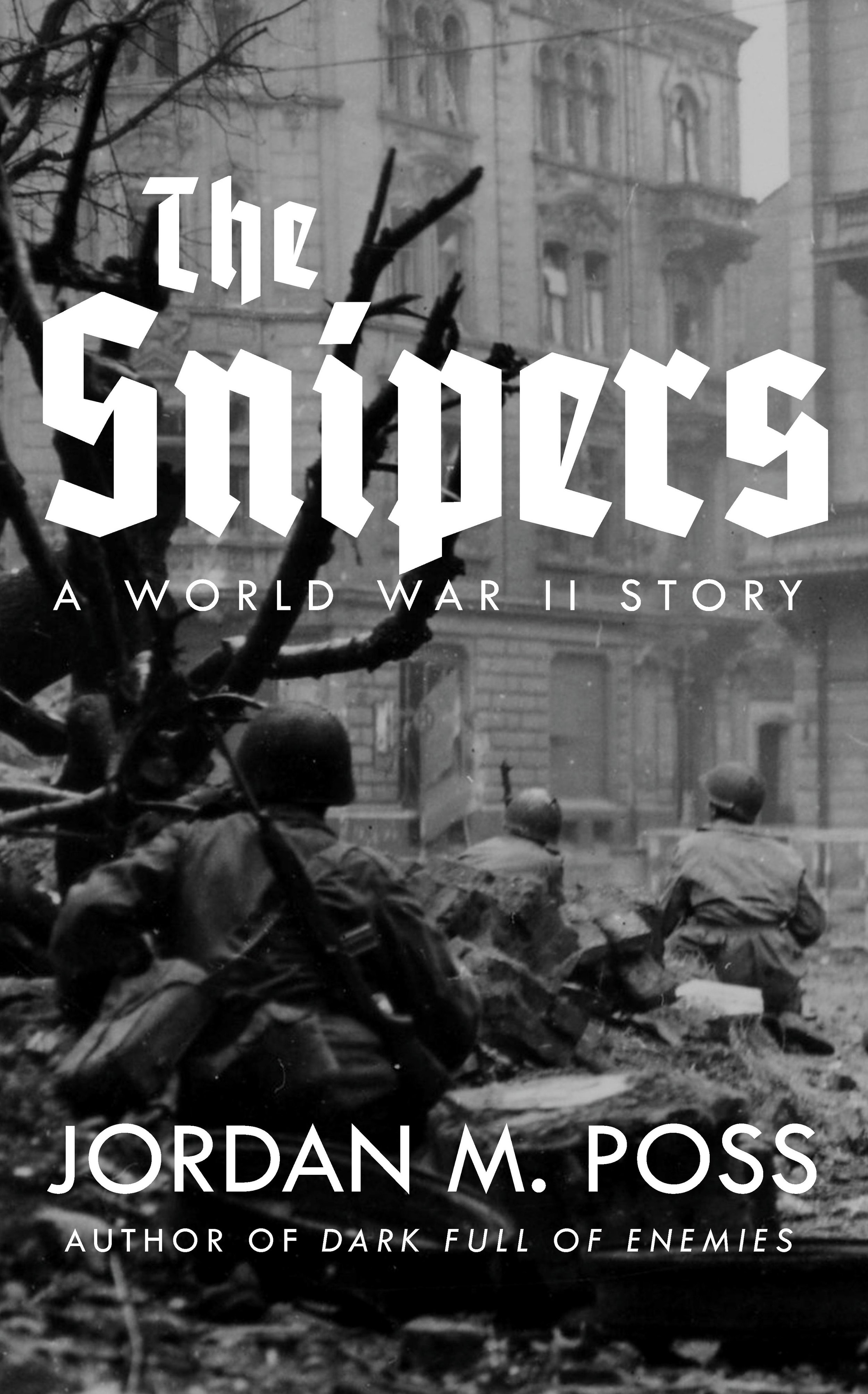Hoopla’s AI problems
/Hoopla is a handy multimedia library app. If your local library participates, as ours does, you can sign up for free access to ebooks, audiobooks, movies, and music with a certain limited number of downloads per month. I’ve used it for audiobooks for several years now. It’s got a good selection of Alistair MacLean and other good commute listens, and is especially good for books that are hard to find, like Souls in the Twilight, a handful of short stories by Sir Roger Scruton that I read in 2020. Last year for John Buchan June I couldn’t get ahold of a copy of Salute to Adventurers, and Hoopla stepped into that gap with a good audiobook version.
Recently, with another John Buchan June in mind, I checked to see if Hoopla had any new Buchan. Its inventory changes fairly regularly and you can get good surprises. I certainly got a surprise when I saw this:
What? I thought. And then: Ugh. That’s obviously AI-generated cover art. What’s up with Hannay’s uniform? Are those buttons or badges? What’s wrong with those airplanes? AI can give you a Jamie Dornan lookalike as General Richard Hannay if you ask for it but it’s guaranteed to mess that stuff up.
This made me curious. The listed publisher of this audiobook is Interactive Media. No narrator is named on the image above—not exactly a red flag, but not typical for good audiobooks—but Hoopla listed one James Harrington as narrator. I clicked on the narrator to see what else he’s done and got over 250 results: all from Interactive Media, all added to Hoopla in the last year, all public domain books, and all with covers like this:
Who, exactly, are these people? Where are we and when does this take place? Is that supposed to be Father Brown in the middle? Who’s the gent in the background wearing half of two sets of clothes? Look at the visible portions of the red car and try to piece together its outline. Is that a Richard Scarry vehicle? Why is the roof pointing a different direction from the rear fender? Where’s the hood? Did it hit the blonde girl? Is that why she looks cross-eyed?
Or how about this American classic:
Laughable. Again, AI is not going to get uniforms right. Most living breathing flesh-and-blood people can’t. These Union soldiers appear to have a mixture of Mexican War, modern police, and military academy cadet uniforms, and yellow rank insignia mean cavalry, by the way, not infantry. Don’t even get me started on that cannon. Or perhaps I should say those cannon, as the AI seems to have fused three into one with a steampunk’s quota of rivets. Don’t be nearby when they try to fire the trench mortar round in the breech of that cannon out of the small-caliber field gun barrel. Maybe that’s why all the infantry are running?
Enough of that. The point is that if you get into Interactive Media’s or James Harrington’s listings on Hoopla, you can scroll forever and never stop seeing stuff like this:
Again, “James Harrington” has over 250 listings on Hoopla, and he is not Interactive Media’s only narrator. But I put his name in quotation marks because I can’t determine that he actually exists.
Downloading his version of The Thirty-Nine Steps made me almost certain it is AI-generated audio. “Harrington” reads in a flat American accent that comes across as fairly natural for about a minute. After that it sounds distinctly robotic. There is no indication of understanding what “he” is “reading,” no change of pace or volume, and no modulation of tone or inflection to suggest mood or a change of speaker within the story. Idioms trip up his delivery—or rather, don’t trip it up. When Richard Hannay says, in the first chapter, “I woke next morning to hear my man, Paddock, making the deuce of a row at the smoking-room door,” “Harrington” doesn’t indicate that he understands what “my man” means and pronounces “row” like “row-row-row your boat.”
Perhaps a real narrator could make these mistakes, but I doubt it. And if a real narrator made them, I doubt he’d be asked to record 250 of Project Gutenberg’s greatest hits in the span of a year.
It’s pretty clear that Hoopla has taken on a load of slop.
In searching for answers, including information about the supposed “James Harrington” who “narrated” these “audiobooks,” I discovered that this is not Hoopla’s first problem with AI-generated material. Earlier this year Hoopla was called out for hosting AI-generated ebooks and had to make special efforts to “cull” them from their listings.
This led me to wonder what Hoopla’s vetting process is. My books are at our local library but not available on Hoopla in any form. Based on that Lit Hub piece, it seems Hoopla depends on librarians to do the vetting themselves. How can the people at even a well-staffed, well-funded library contend with machines that produce hundreds of low-quality audiobooks at a time? To quote Lit Hub:
What worries me is the scale of bad actors’ new tech-fueled abilities to flood the world with this garbage, which will only bloat and overwhelm already strained systems. Library shelves will never exclusively be filled with AI, but what if the firehouse is so overwhelming that it affects the ability of libraries to function properly? Not to mention the reputational damage to the institution if borrowers can no longer trust a library’s collection, or a librarian’s ability to connect them with information or entertainment that they want.
And while the author of that piece suggests that AI art is “a fad we can wait out,” he’s writing of AI-generated text, which is, to a newsworthy degree, not good: “This tech has not proved that it’s capable of making anything good or interesting: the writing is nonsense and the art looks terrible.” AI-generated audiobooks are a downstream problem but closely related in terms of poor quality and the ethical and philosophical problems of outsourcing art to robots.
But what’s this? I’ve been thinking about Hoopla’s glut of AI slop all week and today I learn that Amazon is experimenting with AI audiobook technology, too. From my inbox:
Whomever Interactive Media and “James Harrington” are, they don’t have the reach or ability to shape and control markets that Amazon does. I hope Hoopla will move against AI slop in audio form the way it did against AI text, but even if they do, Amazon’s rollout of AI audiobooks means this is far from over. And far from “solving itself,” the problem might be prolonged by this explosion, because even if people should care about the quality of the narration in an audiobook, they often don’t.
A final note, and a hint of what’s at stake: I’m not actually a great fan of listening to books. My mind wanders. But I’ve trained myself to pay attention to and enjoy audiobooks if only to make my commute bearable—especially during semesters when I teach on three campuses, which Alistair MacLean, Ian Fleming, and others have helped me get through—and as a result I’ve come to appreciate the art of good audiobook narration.
A few gold standards for me: Derek Perkins’s performance of The Everlasting Man, Bill Nighy’s performance of Moonraker, Norman Dietz’s performance of The Night the Bear Ate Goombaw, the multi-narrator audiobook of Shelby Foote’s Shiloh (hard to find now), and Barrett Whitener’s performance of A Confederacy of Dunces. Check any of these out, and enjoy. No AI bot could do what these narrators did.












